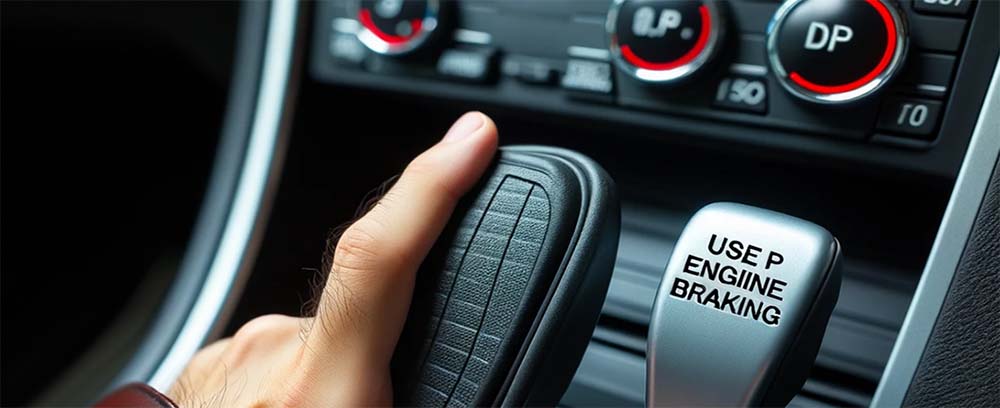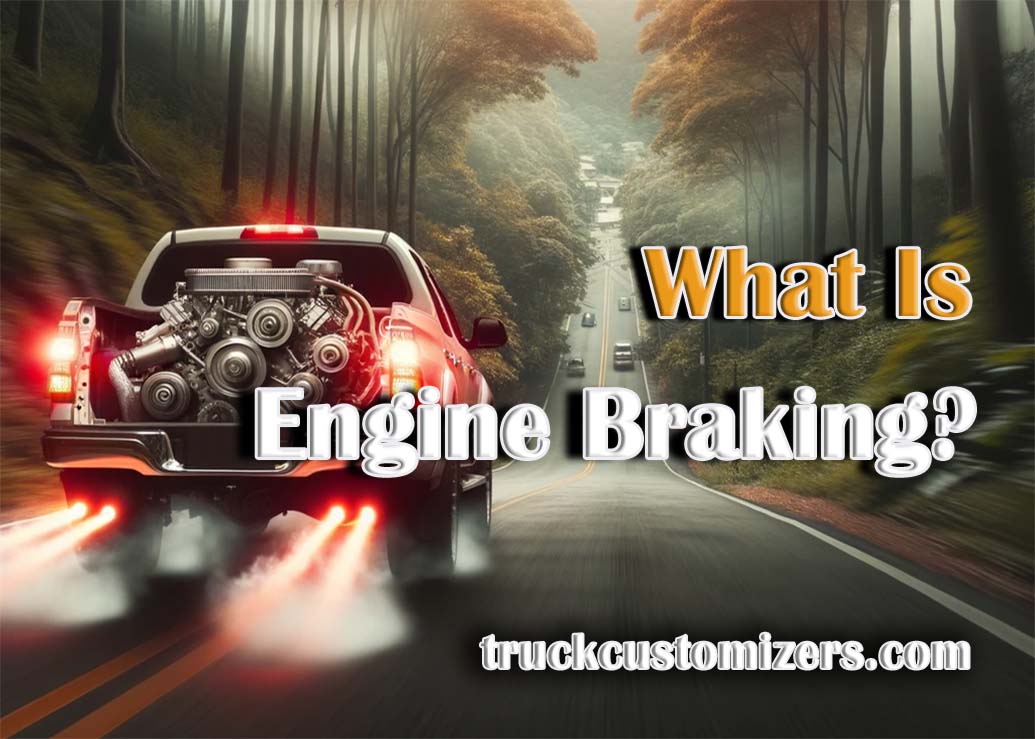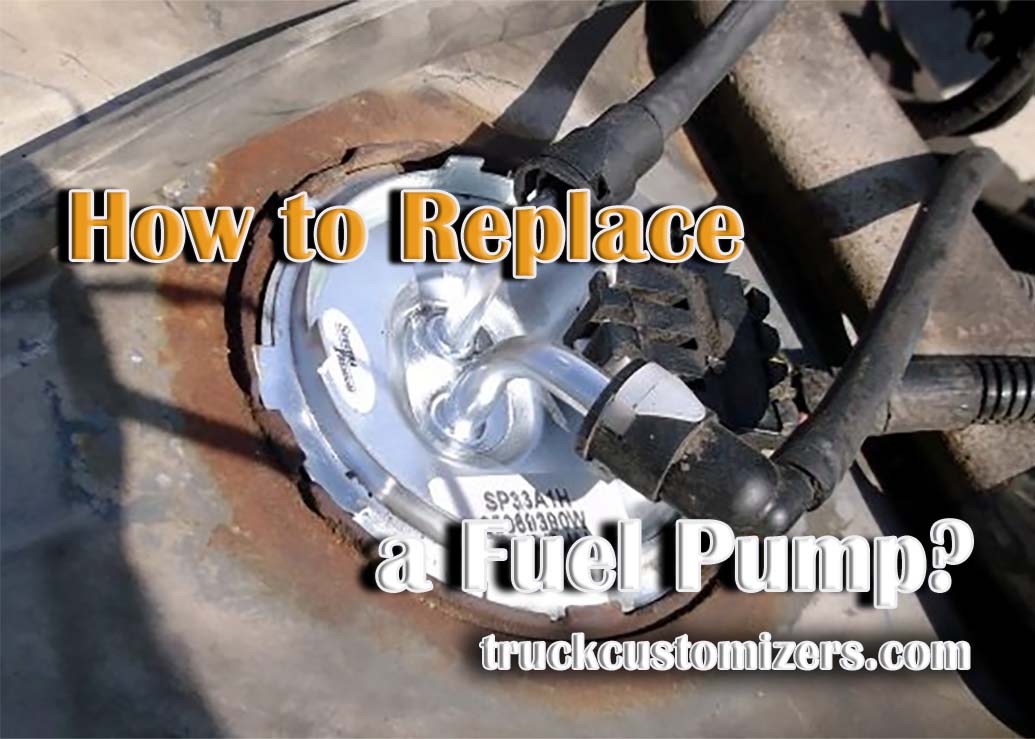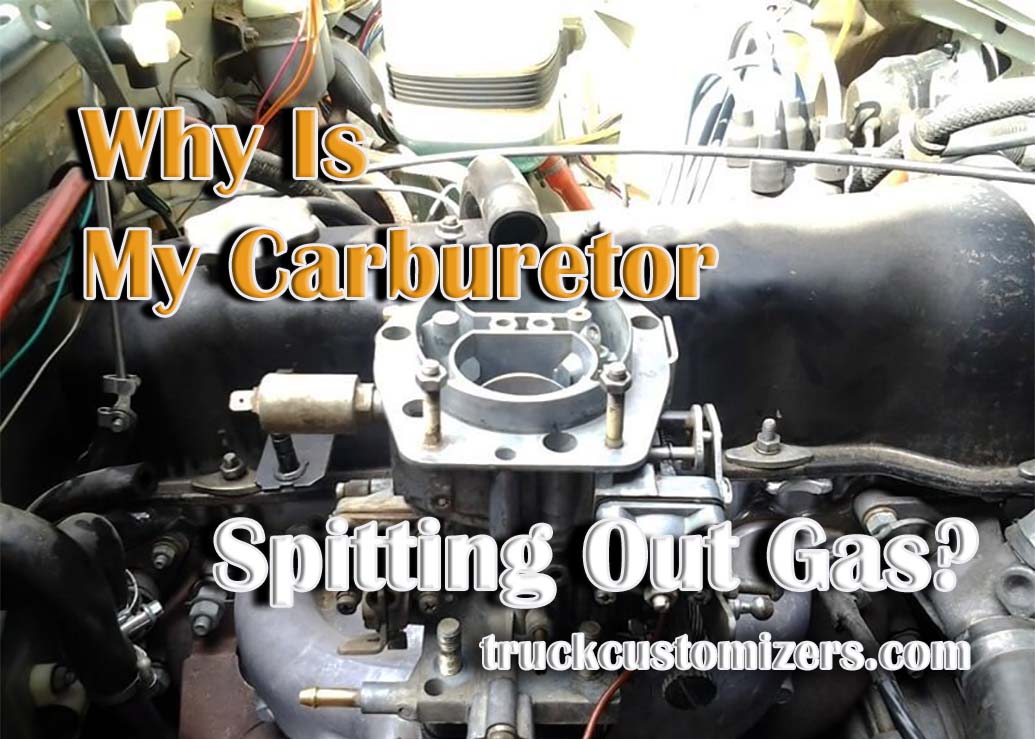Engine braking, often referred to as “compression release braking,” is a term that resonates profoundly within the automobile realm. At its core, engine braking is the phenomenon that allows a vehicle to decelerate solely through the natural resistance provided by the engine, bypassing the need for external braking mechanisms. This unique method of slowing down a vehicle is often utilized by drivers, many of whom might not even be consciously aware of its occurrence or the myriad benefits it brings to the table. As vehicles have evolved, so has the understanding and application of engine braking, making it a crucial aspect of modern-day driving.
Mechanics behind Engine Braking
At the heart of engine braking lies the principle of resistance and airflow. When a driver lifts their foot off the gas pedal, it leads to the closure of the throttle valve. This action restricts the airflow into the engine. With the throttle in a closed state, the engine finds itself in a situation where it’s deprived of air, causing it to work strenuously against the vacuum it inadvertently creates. This act of working against a vacuum generates resistance, which in turn, provides the vehicle with a braking force. It’s worth noting that diesel engines, which inherently lack throttle valves, exhibit a variation in this process. For diesel engines, the deceleration force arises from the engine compressing an excessive amount of air during its compression stroke, thereby creating resistance.
Benefits of Engine Braking
Utilizing engine braking carries with it a plethora of advantages that extend beyond mere vehicle deceleration.
-
Enhanced Fuel Efficiency: One of the standout benefits of engine braking is its ability to promote fuel efficiency. As vehicles decelerate through the engine’s innate resistance, there’s a marked reduction in the consumption of fuel. This process ensures that vehicles don’t waste fuel when slowing down, making drives more economical.
-
Prolonged Brake Lifespan: Traditional braking systems undergo wear and tear every time they are activated. However, with engine braking stepping in to assist with deceleration, the wear on brake pads and rotors diminishes. This extended reliance on the engine’s resistance means that the traditional braking components experience less frequent usage, thereby prolonging their lifespan.
-
Safety: Safety remains paramount when driving, and engine braking contributes significantly to this aspect. By offering a more gradual and controlled deceleration, engine braking minimizes the chances of abrupt stops. This smooth slowing down is especially beneficial on terrains that are wet or slippery, reducing the likelihood of skidding or loss of vehicle control.

Differences between Engine Braking and Traditional Braking
While traditional braking systems rely on brake pads or discs to create friction and slow down the vehicle, engine braking capitalizes on the engine’s intrinsic resistance. When drivers employ conventional brakes, the system primarily uses brake pads or discs to produce friction against the wheel, leading to deceleration. This action converts the vehicle’s kinetic energy into heat, often resulting in wear and tear of the braking components over time. On the other hand, engine braking operates differently. When a driver lets off the gas pedal, the engine’s natural resistance against the airflow slows down the vehicle, without the intense heat production seen in traditional braking. Both methods have distinct advantages. Combining the smoothness of engine braking with the immediate stopping power of traditional brakes leads to more efficient and safer driving experiences.
Engine Braking in Modern Vehicles
The core concept of engine braking has been around for ages, but its integration and application in contemporary vehicles have seen notable advancements. Today’s automobiles, especially those with electronic throttle control systems, harness the power of engine braking in more refined manners. These systems can modulate and manage the engine’s resistance dynamically, ensuring smoother decelerations and transitions between speeds. Additionally, the rise of alternative propulsion methods, like electric motors in hybrid and fully electric vehicles, has brought forward another variant: regenerative braking. This form of engine braking captures the energy typically lost during deceleration and stores it in the vehicle’s battery, maximizing efficiency and extending the driving range.
Conclusion and Further Reading
Engine braking, though often overlooked, stands as a cornerstone in the domain of automotive dynamics. By grasping its mechanics and appreciating its merits, drivers can elevate their driving skills, ensuring safer and more fuel-efficient journeys. Moreover, as vehicular technology continues to advance, the relevance and applications of engine braking are bound to evolve, intertwining more deeply with other systems in modern vehicles. For automobile enthusiasts or those keen on optimizing their vehicle’s potential, delving into topics like the Best Tuner for GMC Sierra can offer valuable insights. Such resources shed light on fine-tuning vehicles for peak performance and efficiency, further enriching one’s knowledge about the vast world of automobiles.



